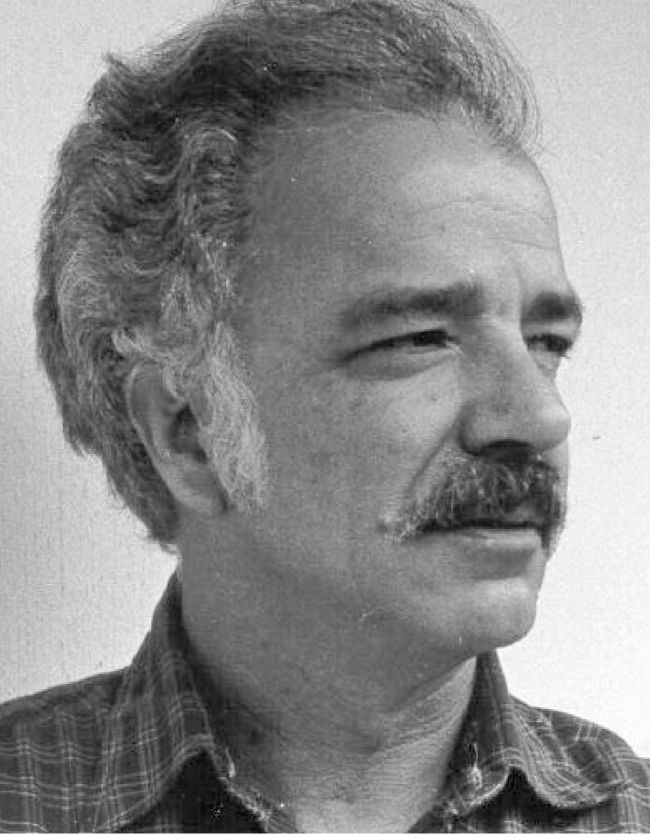Virgilio Beltrán-López
DOI: 10.1063/1.1359721
Virgilio Beltrán-López, Distinguished Professor Emeritus of physics with the Institute for Nuclear Sciences at the National Autonomous University of Mexico (UNAM) in Mexico City, died on 26 May 2000 after a long struggle with cancer.
Born on 2 March 1932 in Puebla, Mexico, Virgilio obtained bachelor’s degrees in both physics and engineering at the University of Puebla in 1955, a master’s degree in philosophy from Lehigh University in 1957, and a PhD in physics from Yale University in 1961.
Virgilio was a leading member in the group of young scientists who rode the crest of the mid-20th-century wave of enthusiasm for physics. Having been prepared by his undergraduate professors at Puebla, he attacked graduate school with energetic devotion. Only four years after having come to Yale to work under the direction of Vernon Hughes, Virgilio presented a thesis that included two experiments, either of which would have sufficed for a doctoral dissertation. The first experiment established an upper bound for the anisotropy of inertial mass, a result deemed important enough to modern cosmology to be included in the collection, The Physical Review: The First Hundred Years (AIP Press, 1995). The second experiment, a study of the microwave Zeeman spectrum of atomic chlorine, began Virgilio’s lifelong engagement with experimental and theoretical studies of atomic magnetism.
After he finished his doctoral degree, Virgilio returned to Mexico in 1962, joining the staff of the UNAM Physics Institute. He initiated and directed an ambitious program in experimental and theoretical research and taught courses in advanced physics. He made a huge impact on physics education at the secondary level through 15 textbooks he either wrote or coauthored. In 1985, he became a professor at UNAM’s Institute for Nuclear Sciences.
Virgilio was an active member of the first generation of physics professors at the National Polytechnical Institute, which recognized the importance of establishing research centers beyond the universities located in Mexico City. Following this path, in 1964, Virgilio became director of the school of sciences at the University of Puebla, where he gathered a group of colleagues who quickly became internationally recognized for their work in statistical mechanics. At Puebla, he also did spectroscopy at low magnetic fields using the methods of optical pumping and free precession. He was director until 1965; he then worked as head of a research laboratory at the Nuclear Center (a government-based research institution) and as a consultant with the Mexican Petroleum Institute.
Motivated by opportunities to undertake more ambitious experiments, Virgilio returned to UNAM in 1972 to accept a half-time teaching position. He became a full-time professor in 1985. Over the years, the laboratories with which he was associated produced an astonishing variety of experiments that included electron resonance studies of gas-phase atoms, paramagnetic resonance spectroscopy of disordered materials, Mössbauer spectroscopy of solids, atomic beam studies of gas kinetics, and laser magnetic resonance studies of simple atoms that extended into the far infrared. Simultaneously, Virgilio and his students and collaborators were actively engaged in the related theory, particularly in the use of self-consistent field theory to calculate atomic magnetic moments and in the use of analytic and Monte Carlo modeling to analyze spin resonance spectra of disordered materials. Many researchers worldwide sought his expertise.
Considering his level of engagement in advanced research, Virgilio was remarkably active in teaching at all levels; he held his last class just a few weeks before his death. His four one-semester introductory courses for physics majors at UNAM were notable for their use of experiments that related specifically to the needs and resources of Mexico. Many of his former students are now in academic and research positions throughout Mexico. Moreover, he was also the leading author of numerous textbooks written for Mexican students in the secondary schools and in the early years of college. In those books, he stressed the importance of observation, using, for example, many experiments of his own design that could be conducted using local resources. He also made important contributions to the public understanding of science through his popular articles and his book To Catch a Photon (Fondo de Cultera Economica, 1992).
In 1991, the Sociedad Mexicana de Física awarded him the Academic Medal for his contributions to the development of physics in Mexico.
A warm and humane man who cultivated the friendship of his colleagues, Virgilio fought to establish an attitude of tolerance everywhere in Mexico, especially in his beloved UNAM. He will be missed by all who knew him.


More about the Authors
Jose Jiménez-Mier. National Autonomous University of Mexico, Mexico City, US.
Eugenio Ley-Koo. National Autonomous University of Mexico, Mexico City, US.
Jens Zorn. University of Michigan, Ann Arbor, US.
